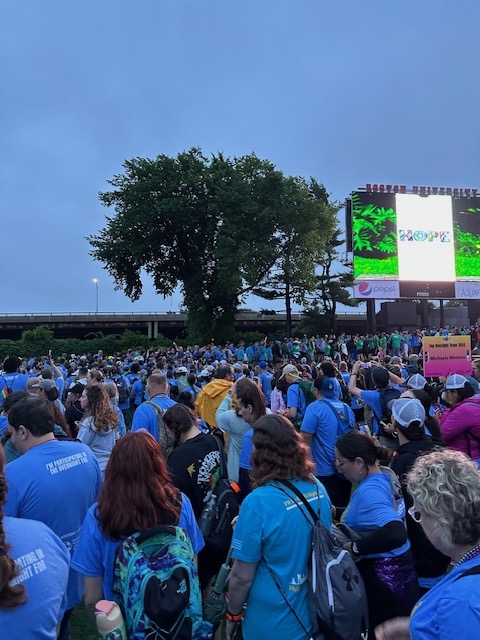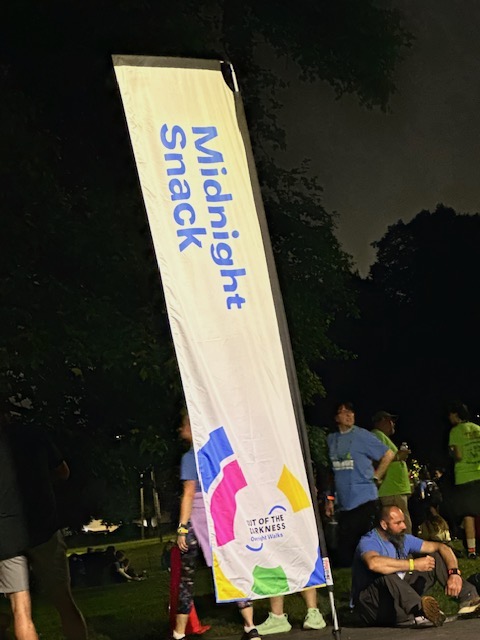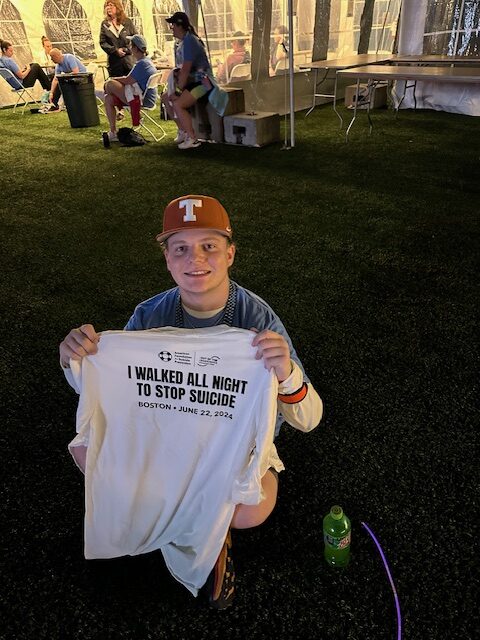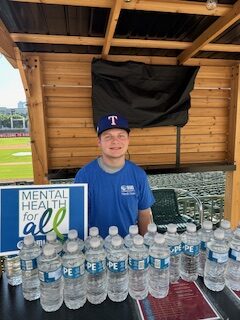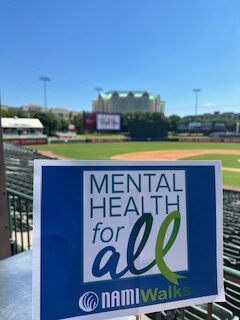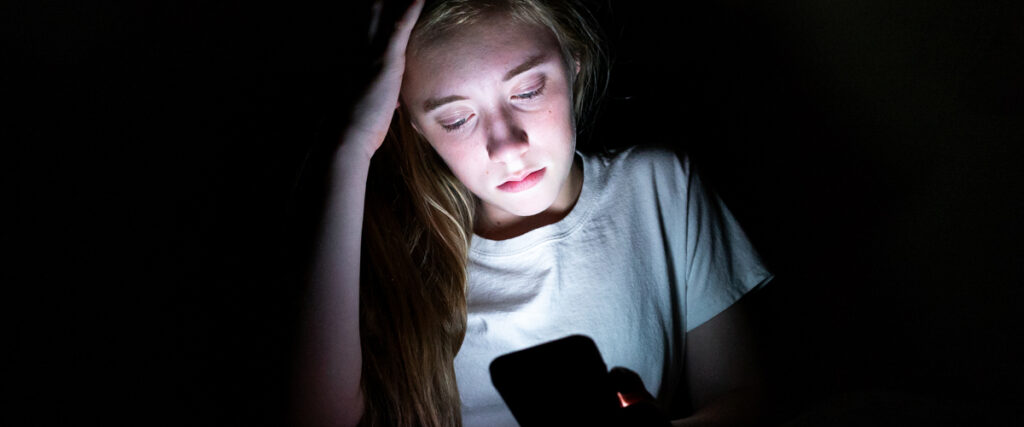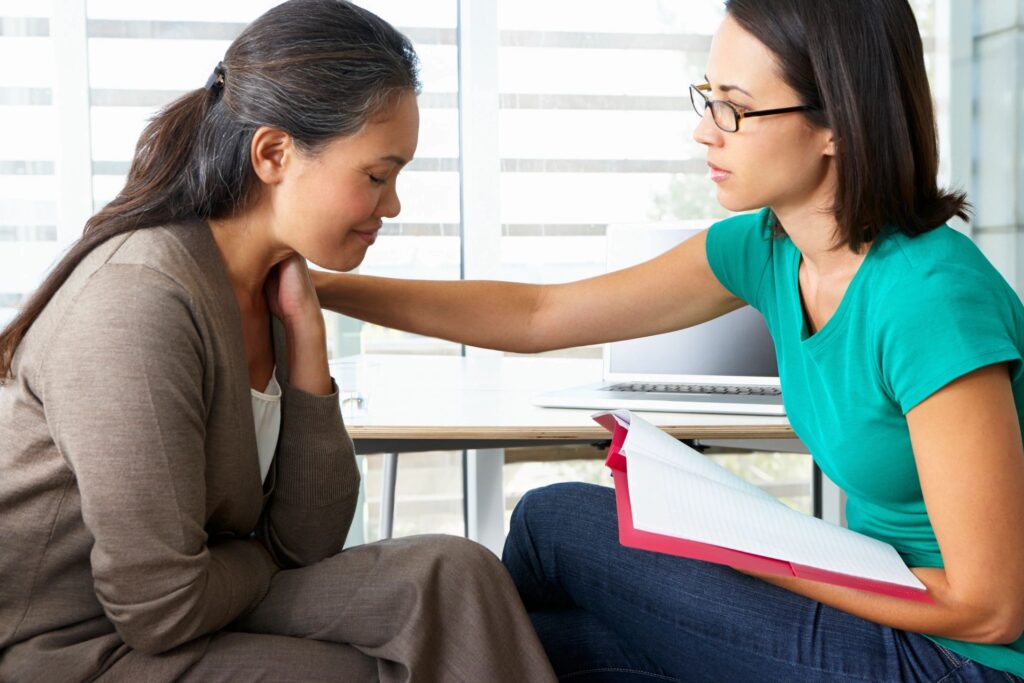Donations were record setting!
Thanks to your gifts The Overnight Walk raised a record setting $3.32 million for The American Foundation for Suicide Prevention! Every year suicide claims more lives than war, murder, and natural disasters combined, and yet suicide prevention doesn’t get anywhere near the funding given to other leading causes of death. In Texas alone suicide is the 2nd leading cause of death among youth. We were privileged to join thousands from across the country to walk 17 miles overnight in order to show the world there is hope for those affected by suicide. With your donations and support we are going to change the conversation about mental health and put an end to this tragic loss of life.

